' delays and design flaws. Photo: Julian Simmonds.
Earlier this week, Ukraine was given a choice of which new combat vehicle it would use to transport troops and guns, deliver artillery fire and track Russian movements as Moscow's attack on Kiev drags on. .
The option chosen was the CV90, built in Sweden by the British company BAE Systems, which joined nine other European countries in the deployment of the vehicle. Although there is no firm order yet, this decision is seen as a huge vote of confidence in the model. Reports suggested that the country could eventually buy 1,000 cars.
Ukraine's early agreement with a London-based manufacturer sheds light on the UK's lack of an equivalent combat vehicle for its own armed forces that combines reconnaissance, defense and firepower.
The Ajax car that the UK negotiated a £5.5bn deal for is missing and is now 10 years too late. Experts say this has left a gaping hole in the UK's options. “The British Army is not capable against its peers,” says Francis Tusa, an independent military analyst.
“Ajax has been a cornerstone of modernization. It hasn't been delivered and won't be delivered for another three or four years.»
The problem is that «basically, decisions made 10 and 15 years ago doomed this program to failure,» says Tusa.
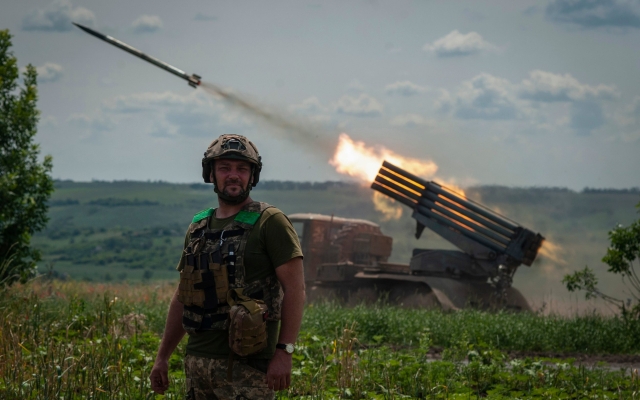 The delays in the Ajax program are of particular concern during the ongoing war in Ukraine. Photo: Irina Rybakova via AP
The delays in the Ajax program are of particular concern during the ongoing war in Ukraine. Photo: Irina Rybakova via AP
A A damning report released last week shed some light on what could have gone wrong. It blamed factional infighting within the Department of Defense and employees' tendency to hide problems from their superiors, alleging that workers instead tried to solve problems alone.
A review by Barrister Clive Sheldon KC found that «relationships between the various entities within the Department of Defense or associated times were atomized and included policing the area.»
MPs had previously called for the scheme to be abandoned, while hundreds of soldiers had to be treated for exposure to intense noise and vibration after working on tests.
Mr. Sheldon also stated that this culture of avoiding sharing problems domestically resulted in more delays, especially when it came to vibration and noise issues that were found to deafen and injure soldiers testing car.
He said: «Some people showed a clear desire to solve problems at their level and not disturb overworked leaders unless absolutely necessary.»
The report claimed that among those who buys defense equipment, it is necessary to develop a «culture of challenge.» , calling for dissenting voices to be heard.
But the program is also a victim of constant refinement and ever-changing requirements.
Ajax has its origins over 25 years ago, when the UK launched a program to equip the army with medium-weight reconnaissance vehicles.
The 1994 Rwandan genocide exposed a gap in the ability of Western countries to rapidly deploy troops and handle explosive confrontations, according to a person familiar with the mindset of the army at the time.
The UK needed to replace its obsolete 1970s Scorpion reconnaissance vehicles, which, according to a parliamentary report at the time, were considered «inadequate» during the first Gulf War.
 Then Prime Minister David Cameron inspects an Ajax armored personnel carrier in 2015. Photo: JUSTIN TALLIS/AFP/Getty Images
Then Prime Minister David Cameron inspects an Ajax armored personnel carrier in 2015. Photo: JUSTIN TALLIS/AFP/Getty Images
The UK government decided to merge its program with a similar US scheme, replacing the Scorpions. Together, the two countries sought to create a light armored vehicle that could be airlifted to quickly respond to peacekeeping and other missions.
It had to be big enough to intimidate the rebel militias, but fast enough and strong enough lightweight so that it can be airlifted to a grass runway on a C130 Hercules and deal with bad roads, weak bridges and other problems.
While some in the decision-making process wanted a very light platform with little armor but high speed and a lot of firepower, it was understandable that the then Labor government was worried about casualties. Insiders say it required an increasingly heavy workhorse.
Changing the terms of reference for any major project quickly adds to the cost and reduces the likelihood of success, says Tusa, as can be seen in the UK's efforts to build the HS2 railway from London to the north of England, where the planned route has changed several times.
Ultimately, the UK and US canceled their joint efforts to build vehicles. The UK has been pushing for a new program called the Future Rapid Effect System (FRES), an ambitious program to build over 3,000 vehicles that can also be air-delivered by the newer and more powerful A400M vehicle.
However, this did not help. also not without problems. The 2007 Community Protection Committee warned: «Additional armor has already increased the FRES weight requirements from 17 tons to 20 to 27 tons. If the requirement is constantly reviewed, this may lead to delays in the implementation of the program.”
This is due to the fact that the A400M military transport vehicle could carry 37 tons, but the FRES vehicle itself had to weigh as much as 27 tons excluding troops, fuel and other supplies.
Tusa's analyst says armor, which is big and heavy, and cargo planes tend to be incompatible, and suggests that over-ambition may have played a role in the delays.
«The fact that neither we, neither the United States was able to adopt this man-portable aircraft, which tells you a lot.”
Moreover, the fact that the project started many years ago played a role. In the past, companies provided protection using armor that was made from exotic and highly secret but heavy combinations of ceramic and metal.
Now this is not necessarily the case. So-called active defense, a relatively recent concept, has enabled systems that only need some armor to withstand small arms fire, but can instead detect and intercept anti-tank missiles and other threats, similar to defense systems deployed on warships. /p>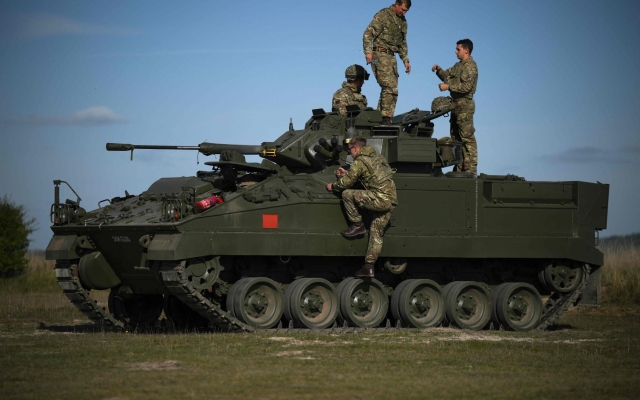 Delays in the £5.5bn armored personnel carrier program forced the UK to rely on the Warrior, an older, more compact vehicle. Photo: DANIEL LEAL /AFP via Getty Images
Delays in the £5.5bn armored personnel carrier program forced the UK to rely on the Warrior, an older, more compact vehicle. Photo: DANIEL LEAL /AFP via Getty Images
However, this technology was not yet mature in 2006 when the British scheme lifted the 25 ton limit to allow more armor to be added, setting a target for vehicles weighing 30 tons.
They will now weigh 42 tons, meaning that only the heaviest aircraft can carry them fully armed, which requires paved runways. They can still be transported on the A400M aircraft, the Defense Ministry insists, although this will require removing some of the armor from them, which will need to be transported separately.
Tusa says in general: «This is an example of what went wrong with procurement.» The Ministry of Defense claims that the cars will be key.
A spokesman says: «The Ajax will play a central role in the British Army's upgraded fleet of armored vehicles and our soldiers are currently training on the platform, having traveled over 6,900 km in trials to date.»
«We make no apologies for insisting on equipment that provides a high level of ballistic protection for our personnel.»
At the moment, the UK has a hole in the defense. Until Ajax is ready, the UK will rely on the Warrior, a smaller and older vehicle. Ajax may have once been considered the «cornerstone of modernization». But after a decade of delays, for many, this project no longer seems so fresh.










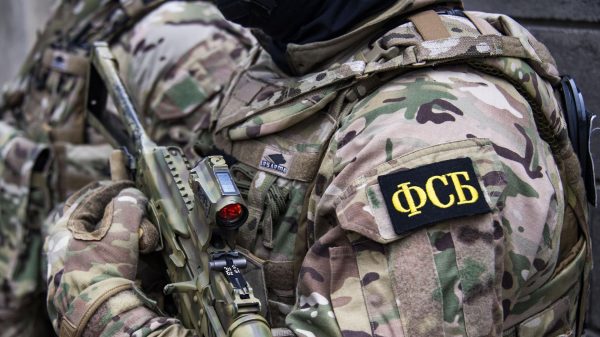







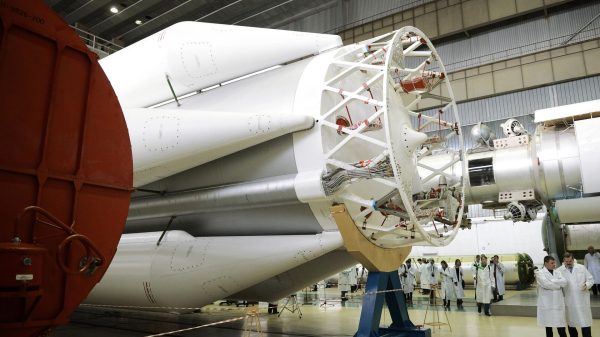
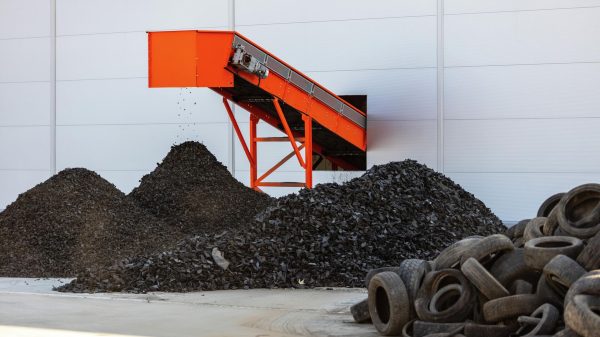






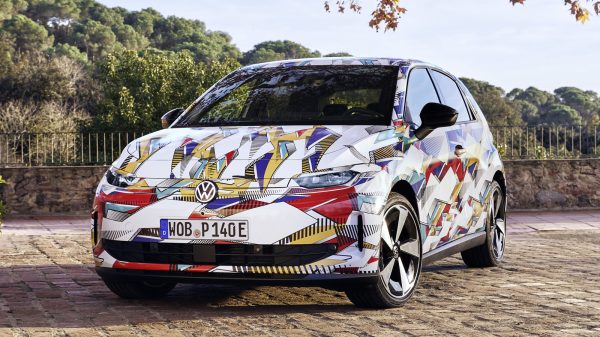

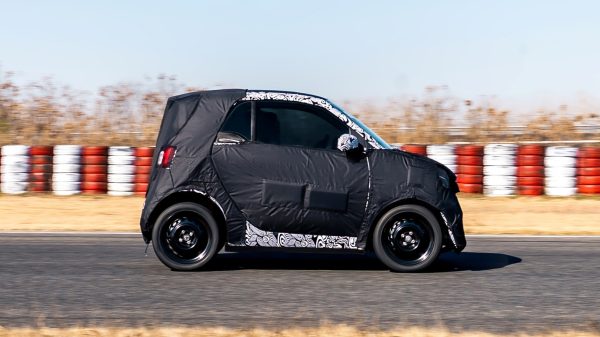
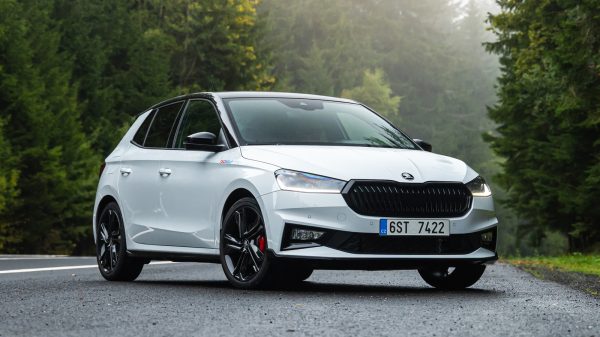
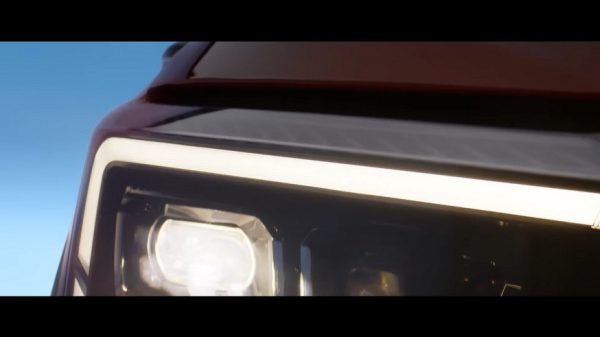
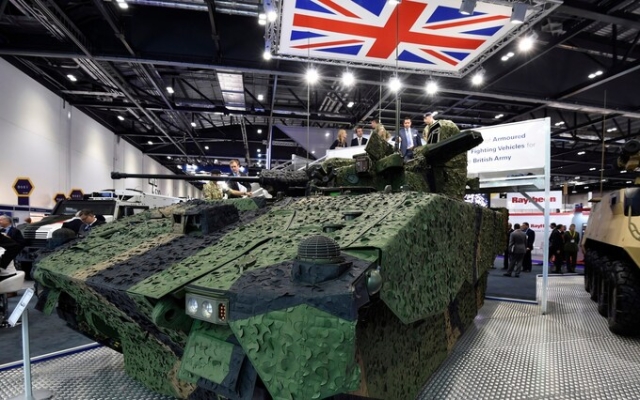


















Свежие комментарии